Business is always balancing between two fires. On one side, there is the responsibility to clients to fulfill the terms of cooperation. On the other side, there is the responsibility to preserve the company’s resources and ensure its development.
This responsibility is closely linked to risks, which are unavoidable. After all, those who don’t take risks are not in business.

General Information About Risks
Risks increase as the company grows. A small team with a few tasks can be managed independently. You can control its work and keep resources (time, effort, etc.) in view.
However, as the company grows and projects scale up, the workload significantly increases. In such conditions, it becomes more difficult to control work processes. Therefore, the business may face the following risks:
- Irrational time expenditure
- Inefficient task execution
- Mismatch between compensation and the work performed
What Does Every Company Risk?
The most insidious risk is the risk of cost estimation. It arises when a specialist performs work outside their area of expertise.
For example, a lawyer with an hourly rate of $200 is involved in a project that will potentially bring the company half that profit. As a result, your business not only stops earning but also incurs losses.

Such disadvantageous situations occur due to the lack of control over the resources spent.
The Main Cause of Business Risks – Lack of Process Control
To summarize business risks in one word, it is lack of transparency. The more extensive the range that a manager has to cover simultaneously, the more they lose focus, and along with that, the ability to manage processes.
Loss of focus provokes other risks, namely:
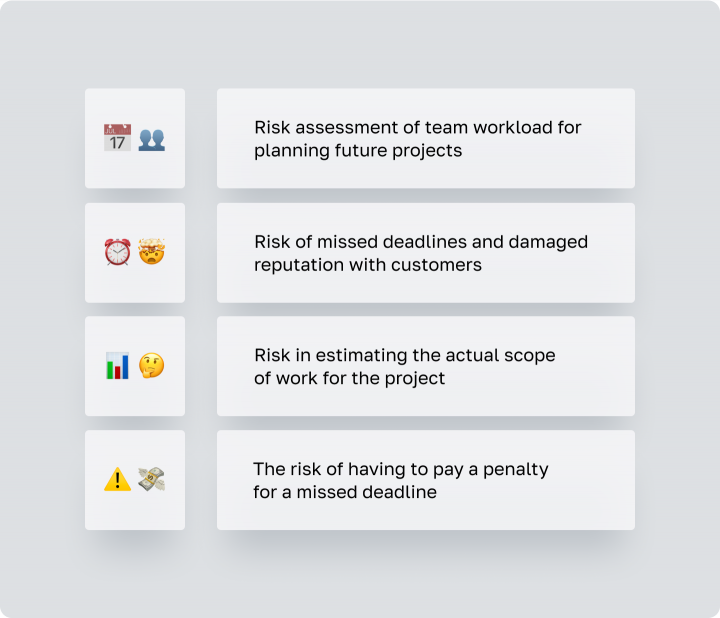
But There Is a Solution
All these risks can be subdued. To do this, during the growth phase, you need to use a tool for organizing teamwork, such as Worksection.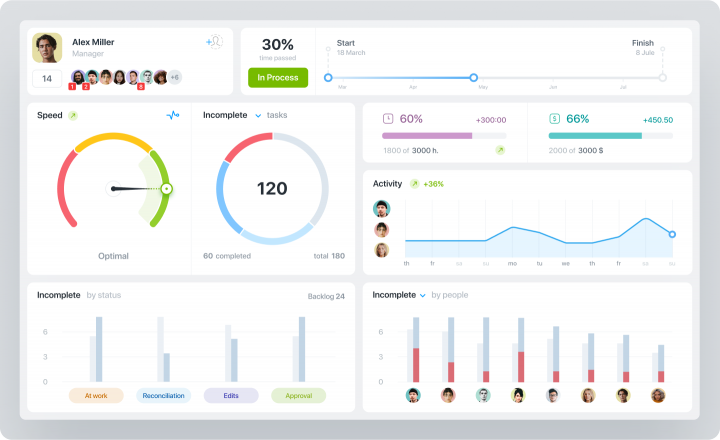
Worksection allows you to organize all your business operations in one place. It automatically collects and generates reports on project information. In this way, Worksection becomes not just a management tool but a kind of assistant to minimize risks.
Worksection Tools to Help Minimize Risks
Effective management is based on the accessibility of data for an objective assessment of affairs. Worksection provides a convenient set of tools for tracking the necessary information on projects.
Tool #1 – Time Tracker
With the time tracker, you can see in real-time who is working on what and for how long. You can monitor which tasks are being completed on time and which are delayed and at what stage the delay occurs.
By recording the total number of hours worked and the employees’ hourly rates for the share of work completed, time tracking helps you calculate how much it cost the company to complete the project. As a result, you can calculate the correct rate for future projects.
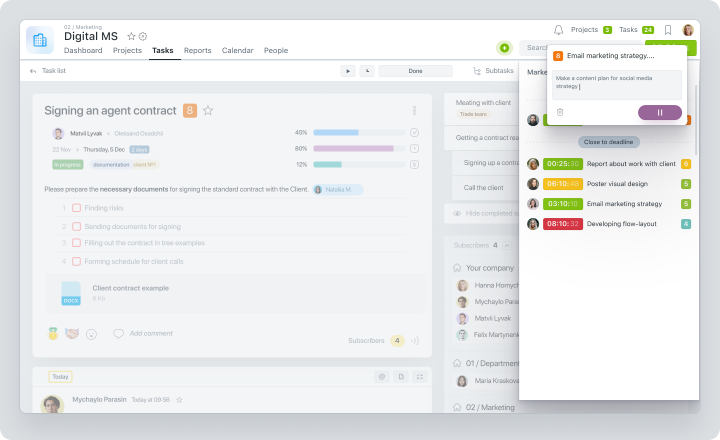
You can also track the speed of work, that is, how much time an employee spends on specific tasks. Often, you can notice that the estimated time allocated for a task does not correspond to the actual time it takes to complete it. Because of this, businesses face difficulties in meeting deadlines and mismatched compensation for the resources spent.
Tool #2 – Gantt Chart
The Gantt chart provides an accessible visualization of project information. The chart visualizes the project timeline in the past, present, and future.
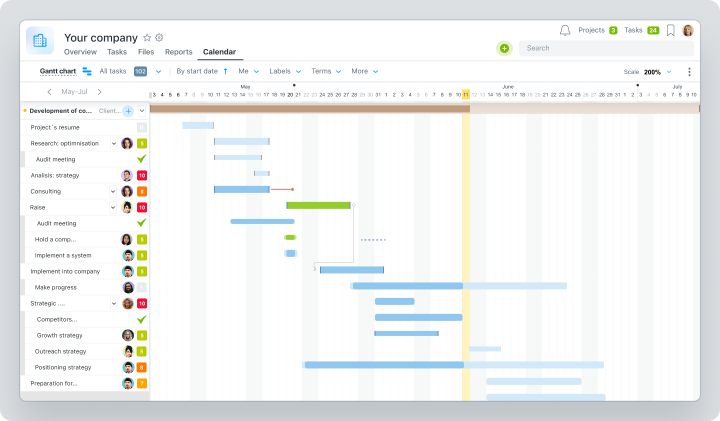
You can build dependencies between tasks. For example, Task B will not start until Task A is completed. And you can see if the team is on track to complete all tasks by the project’s scheduled end. If not, you can promptly fix the workflow to minimize losses.
Tool #3 – Reports and Analytics
Worksection also has internal analytics and a reporting system. The system automatically collects information according to specified parameters without the need for manual data entry.
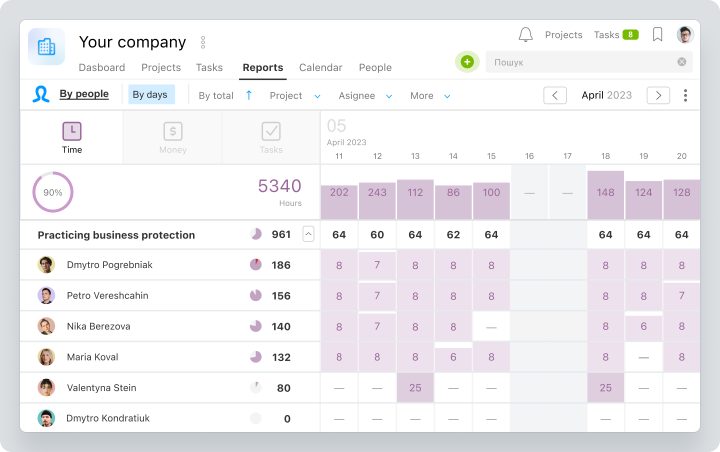
The availability of information allows you to focus on its analysis to minimize risks during the project’s execution or in planning the next one.
To Sum Up
Those who don’t take risks don’t manage projects. Worksection understands this like no one else and helps businesses take control of projects with all possible risks.
Thus, thanks to its tools, Worksection helps minimize risks and contributes to the successful completion of company projects. The time tracker, Gantt chart, and reports are just a part of the functionality available to you. With Worksection, you open new opportunities for yourself and your business.